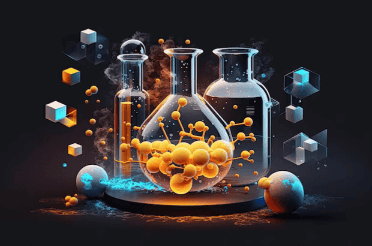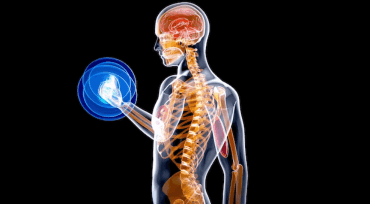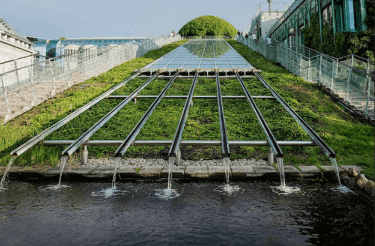Question
a.
shear stress arising during mixing of the cell culture fluid
b.
shear stresses arising from the breakup of bubbles at the liquid surface
c.
shear stresses between bubbles in foam at the liquid surface
d.
all of the above
Posted under Biochemical Engineering
Interact with the Community - Share Your Thoughts
Uncertain About the Answer? Seek Clarification Here.
Understand the Explanation? Include it Here.
Q. In sparged mammalian cell bioreactors, the cell damage is caused because of
Similar Questions
Explore Relevant Multiple Choice Questions (MCQs)
Q. The SI unit for viscosity is
View solution
Q. Water is a
View solution
Q. Which of the following affect the Kolmogorov eddy size?
View solution
Q. A liquid is flowing at 11,400 l.h¹ along a pipeline having a diameter of 4 cm. If the liquid has a density of 1 g.ml¹ and viscosity of 0.001kg.m¹.s¹, then the liquid would be in the
View solution
Q. The viscosity of a fluid increases with the length of time that it is being mixed. This fluid would be best described as being
View solution
Q. Which of the following can act as a shear protectorant?
View solution
Q. Pluronic F68 protects mammalian cells from damage stems as it is a/an
View solution
Q. Reynolds number for turbulent flow over a plate should be more than
View solution
Q. A stirred tank reactor containing a fluid with a density of 2.5 g.ml¹ and viscosity of 0.002 kg m¹s¹ is mixed at 120 rpm. If the fluid is mixed with an impeller having diameter 50 cm, then the Reynolds number of the liquid in the reactor is
View solution
Q. If the viscosity of a fluid decreases with the length of time that it is being mixed, then this fluid is
View solution
Q. Which of the following describes the importance of the Kolmogorov eddy size in the biotechnology?
View solution
Q. A thixotropic fluid is one in which the viscosity
View solution
Q. Newtonian fluid is one in which the viscosity
View solution
Q. The viscosity of a fluid increases with increasing stirrer speed. This fluid would be best described as being
View solution
Q. A dilatant fluid is one in which the viscosity
View solution
Q. A rheopectic fluid is one in which the viscosity
View solution
Q. A fluid in which the viscosity increases with increasing stirrer speed and mixing time can be called as
View solution
Q. The medium will have the highest viscosity (considering that the cells do not secrete gums) with the presence of
View solution
Q. The viscosity of liquid was classified as both dilatant and rheopectic, which means that the viscosity
View solution
Q. Which of the following describes the detrimental effect of bubbles on animal cells?
View solution
Recommended Subjects
Are you eager to expand your knowledge beyond Biochemical Engineering? We've handpicked a range of related categories that you might find intriguing.
Click on the categories below to discover a wealth of MCQs and enrich your understanding of various subjects. Happy exploring!








